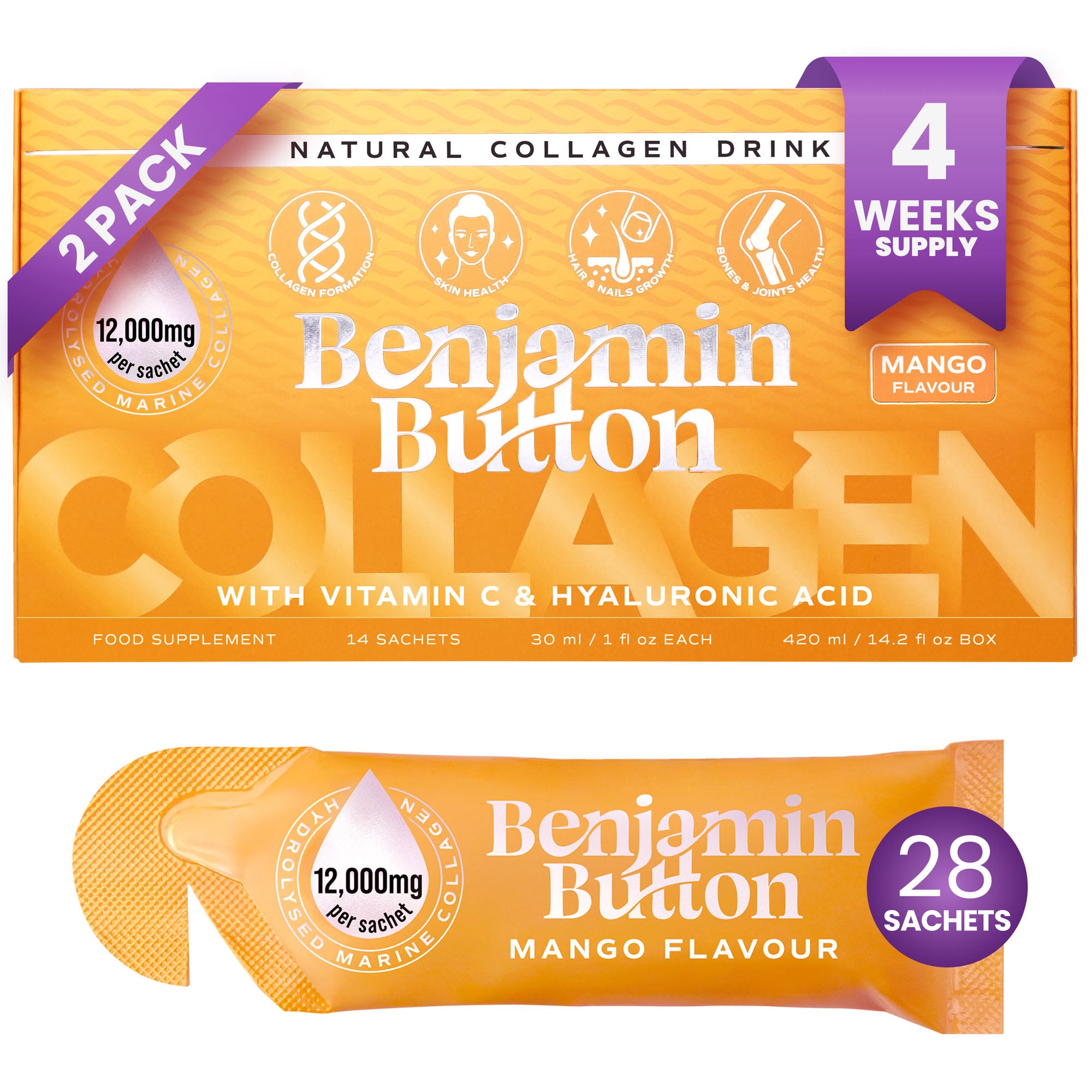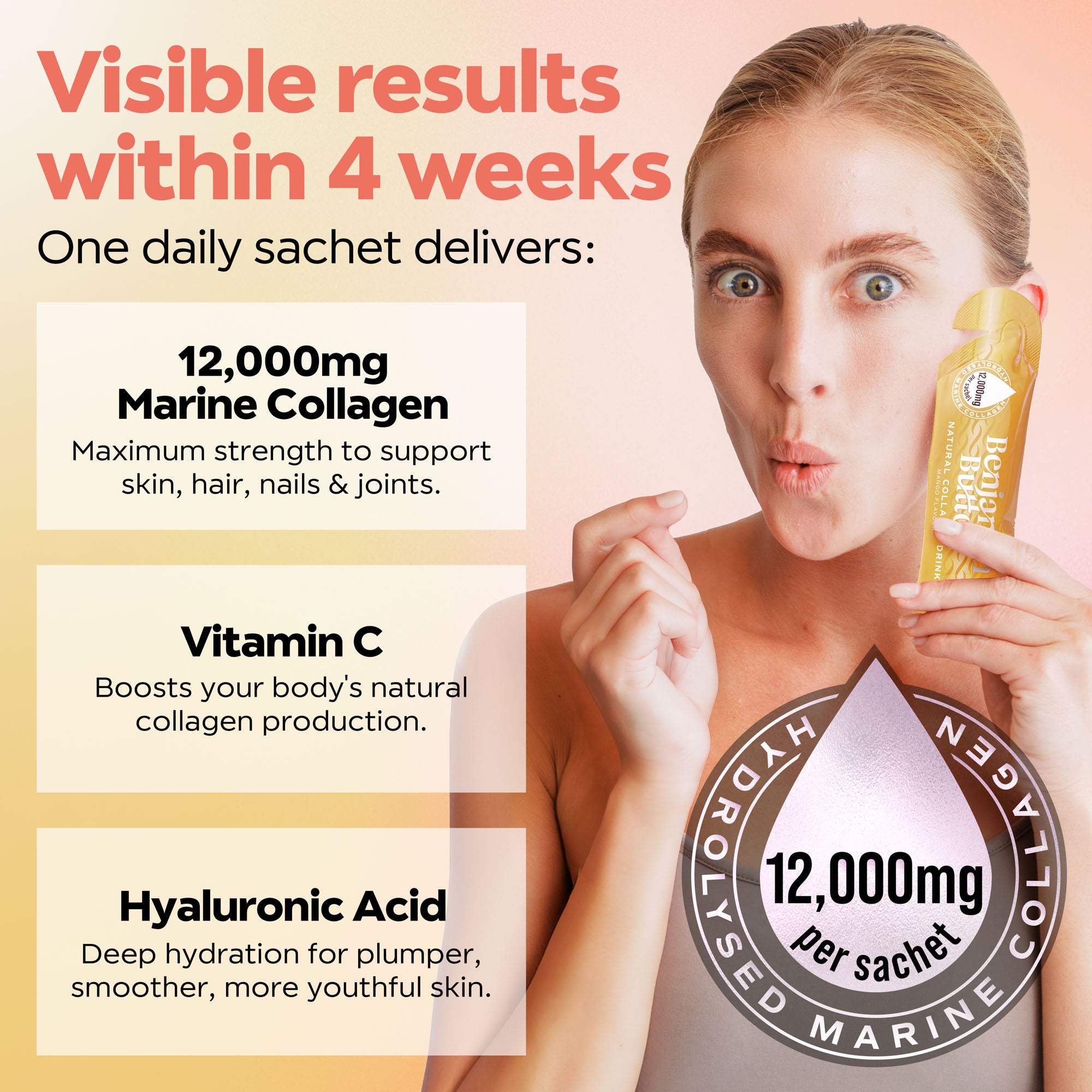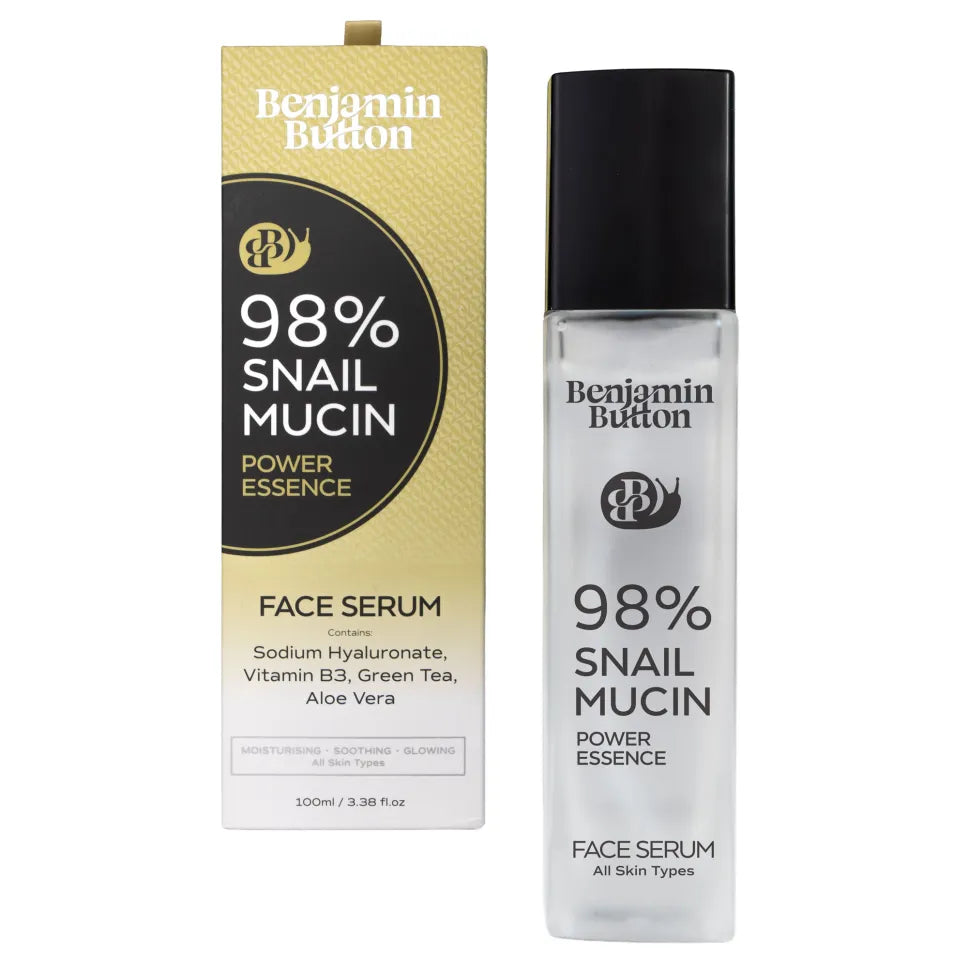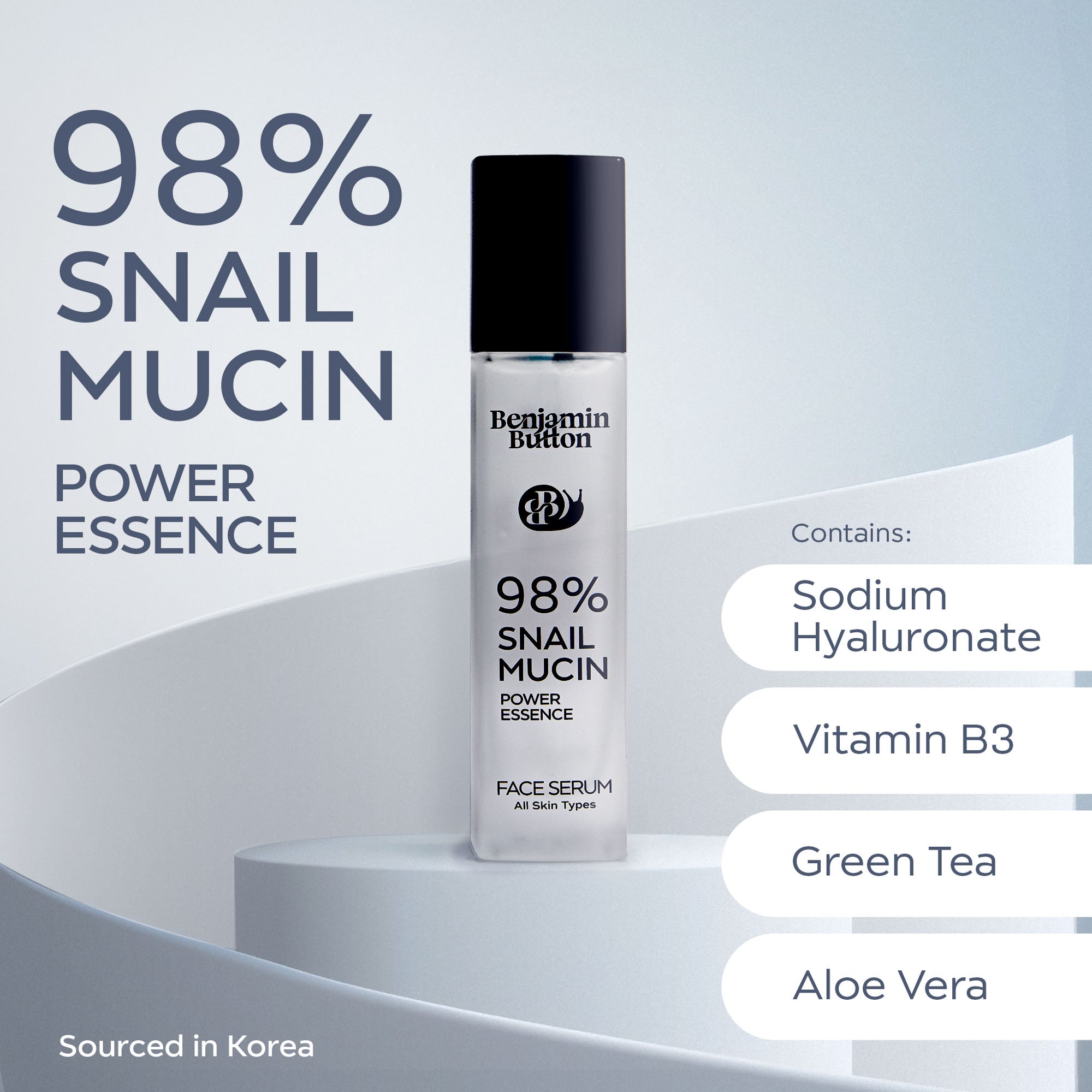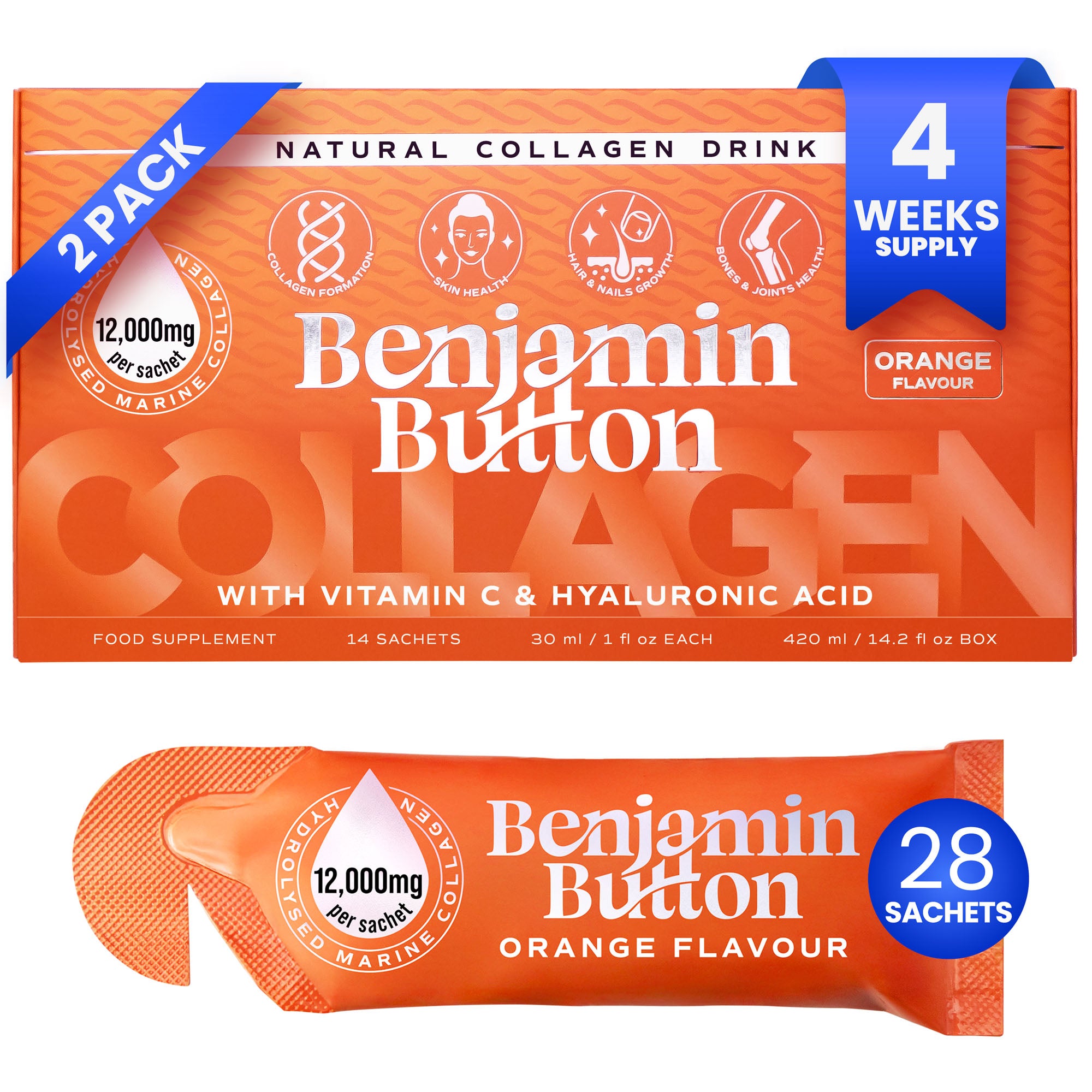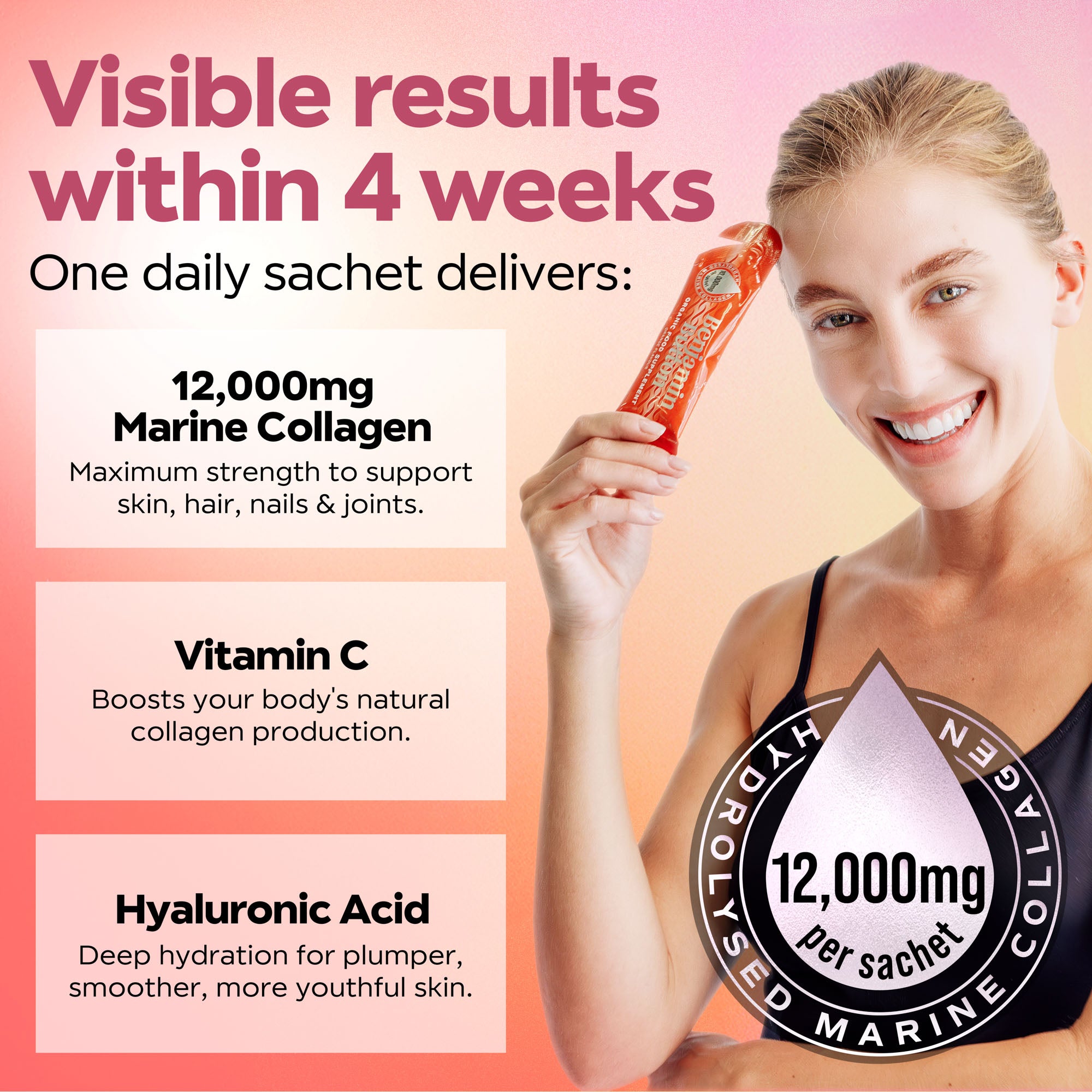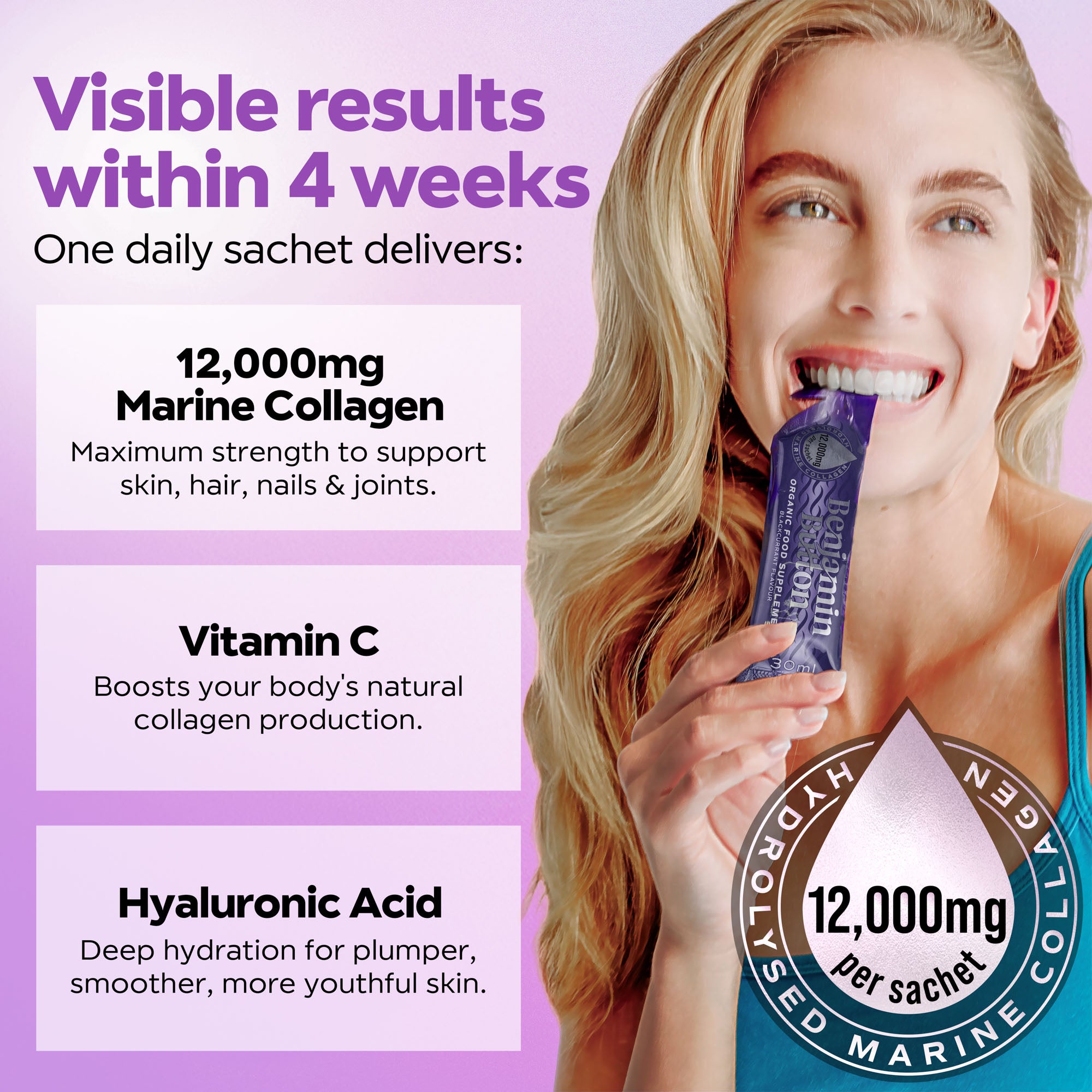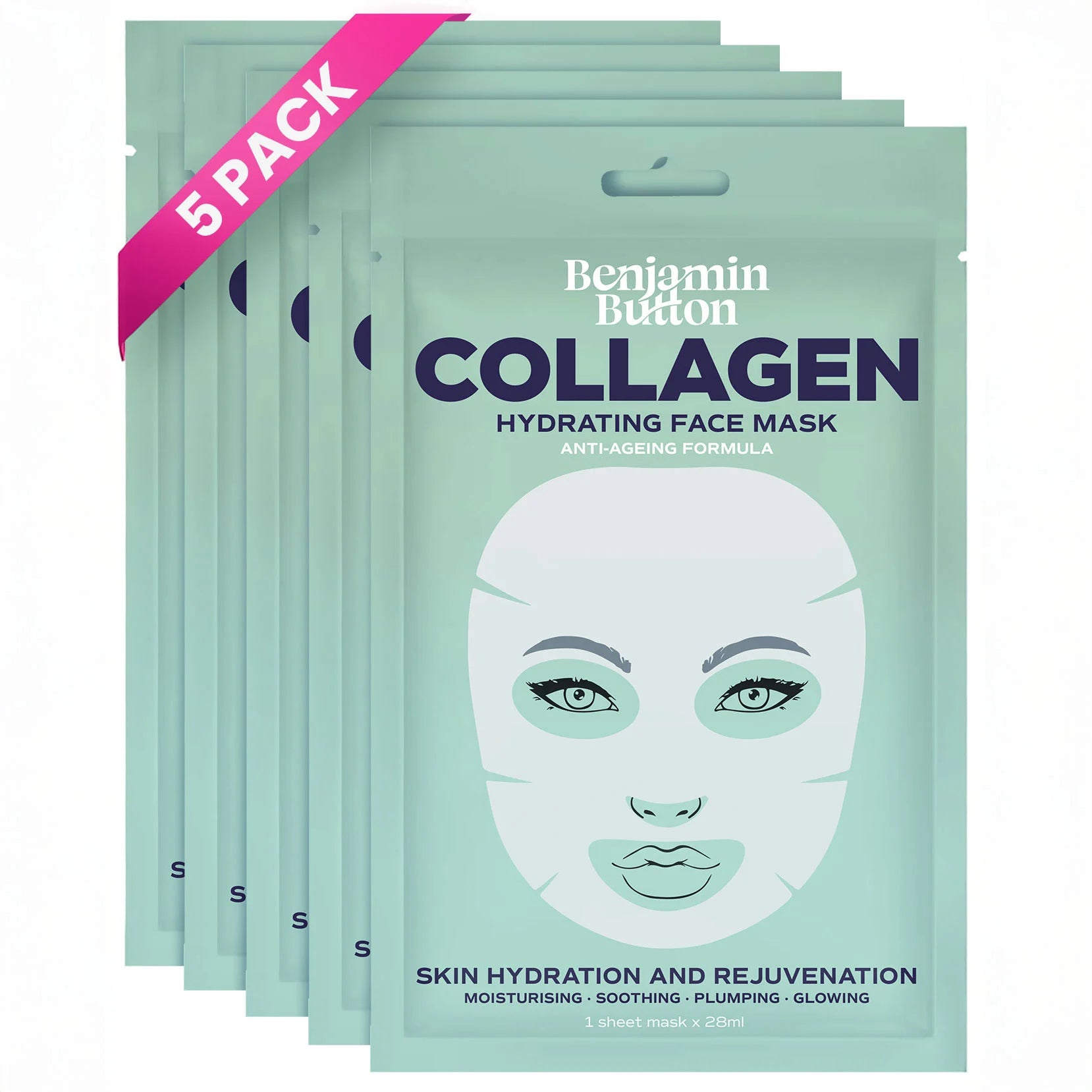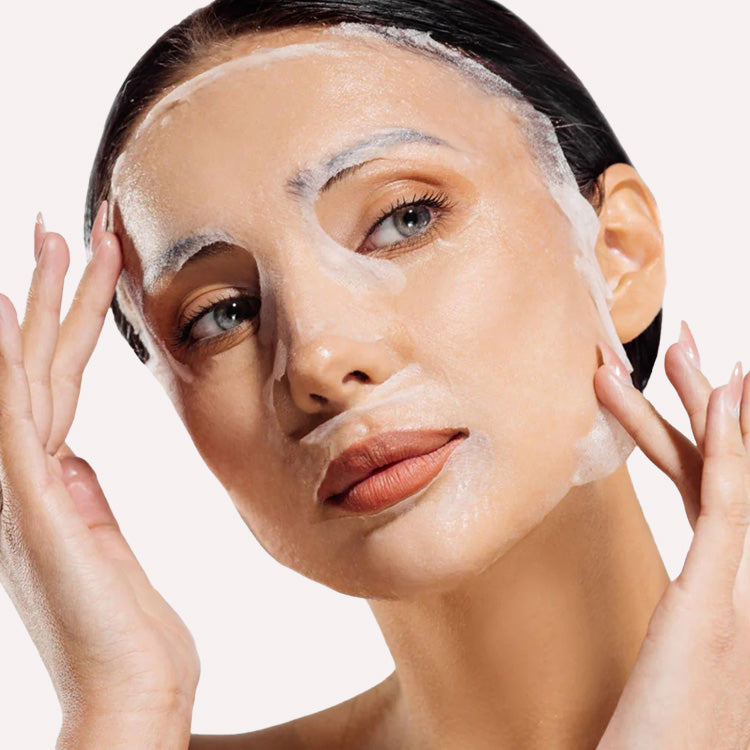Understanding Glycolic Acid Creams
Glycolic acid creams are becoming essential in skincare for achieving that coveted smooth and clear complexion. Derived from sugar cane, glycolic acid falls under the category of alpha hydroxy acids (AHAs), which are known for their exfoliating properties. These creams effectively work by dissolving the bonds that hold dead skin cells together, allowing for a fresh layer of skin to emerge. This process is akin to *youthful renewal*, making it ideal for anyone looking to refresh their skin’s appearance.Benefits of Glycolic Acid Creams
Using glycolic acid can dramatically transform your skin. Here are some of the standout benefits:- Exfoliation: Glycolic acid excels in sloughing away dead skin cells, revealing a brighter and more vibrant complexion beneath.
- Improves Texture: Regular use can smooth out rough patches and fine lines, giving the skin a more refined look.
- Reduces Hyperpigmentation: It effectively targets dark spots and uneven skin tone, contributing to a more uniform complexion.
- Minimises Pores: By keeping pores clear of dead skin and excess oils, glycolic acid reduces their appearance and helps prevent acne.
- Boosts Collagen Production: This acid stimulates collagen synthesis, promoting skin elasticity and brightness.
How to Incorporate Glycolic Acid Creams into Your Routine
To achieve the best results from glycolic acid creams, it’s essential to incorporate them correctly into your skincare regimen.1. Start Slow
If you are new to glycolic acid, begin by using a cream with a lower concentration (around 5 to 10%). This approach allows your skin to adjust gradually, reducing the likelihood of irritation. You might start by applying it once a week and slowly increase the frequency to a few times a week as your skin builds tolerance.2. Follow with Moisturiser
After applying glycolic acid, always follow up with a quality moisturiser. This step helps avoid dryness and keeps your skin hydration levels intact. Look for moisturisers enriched with soothing ingredients like aloe vera or hyaluronic acid to enhance your results.3. Shield Your Skin
Glycolic acid can increase your skin’s sensitivity to the sun. Thus, it’s crucial to apply a broad-spectrum sunscreen with at least SPF 30 daily, particularly when using glycolic acid during the day. This protective measure helps to prevent sunburn and pigmentation from worsening.Targeted Outcomes of Using Glycolic Acid Creams
Individuals seeking specific results can greatly benefit from glycolic acid creams. Here are key targeted outcomes:Clearer Skin
Individuals struggling with acne-prone skin may find relief through the regular application of glycolic acid, as it targets clogged pores and excess sebum production. Its exfoliating nature helps to prevent breakouts by clearing impurities that otherwise contribute to acne.Younger-Looking Complexion
As we age, signs of wear on our skin become more apparent. With consistent use of glycolic acid creams, one can combat fine lines and uneven skin tone effectively. Users often notice a more youthful, radiant complexion after a few months of regular application.Potential Side Effects
While glycolic acid can work wonders, it’s important to be aware of possible side effects, especially for those with sensitive skin. Some common side effects include:- Redness: Initial application may cause redness as the skin adjusts.
- Peeling: Mild flaking may occur, particularly with higher concentrations.
- Stinging or Burning: Some users may experience a tingling sensation upon application.










